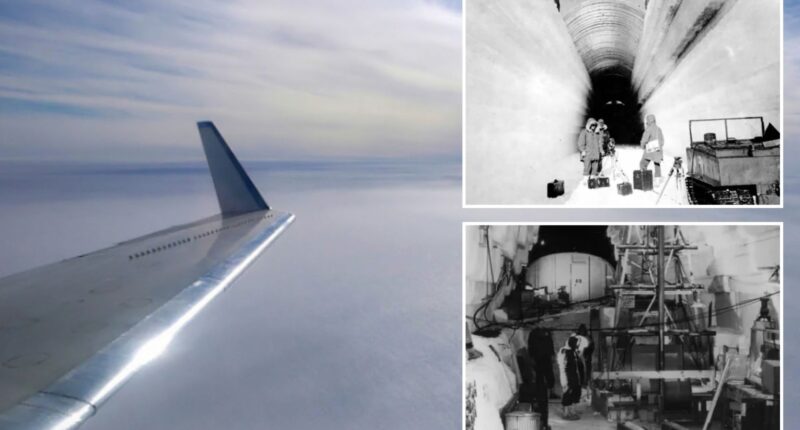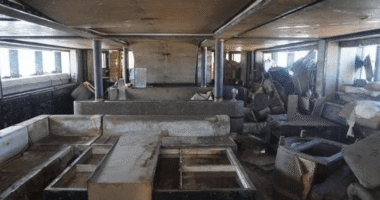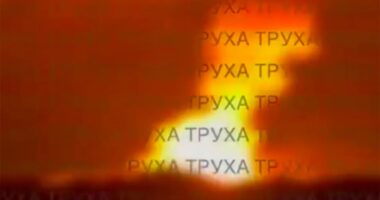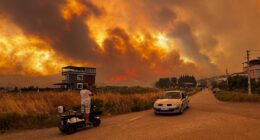DECLASSIFIED documents have revealed the top secret behind a hidden “city” that was found buried deep beneath a vast sheet of ice.
A restricted military base from the Cold War era, Camp Century was created almost 100ft underneath a glacier in Greenland.




Nicknamed the “City Under the Ice,” Camp Century was a marvel of engineering for its time.
Built by the US Army Corps of Engineers, the base featured 21 interconnected tunnels spanning over 9,800 feet.
Officially, it was presented as a scientific research station.
But the true purpose of the military base remained a tightly held secret for decades.
Camp Century was used as a front for Project Iceworm, a secret operation aimed at concealing a system of nuclear missiles planted in the ice, designed to target the Soviet Union.
Plans were to put as many as 600 nuclear missiles, all aimed at blitzing the Soviet Union if things went south.
To support its functions in the extremely cold Arctic environment, the camp relied on a groundbreaking mobile nuclear reactor known as the PM-2A, which provided power and warmth.
Despite its ambitious goals, the unstable ice proved to be a significant obstacle.
Over time, shifting and melting ice rendered Project Iceworm impractical, and the US abandoned the base in 1967.
Although the nuclear reactor was dismantled and taken away, various items, such as toxic waste, were abandoned and trapped in the ice as the facility was naturally sealed off over time.
However, a NASA scientist accidentally discovered the base once again during a routine research mission.
Chad Greene was snapping a stunning photo of the vast Greenland Ice Sheet when his plane’s radar detected the remnants of Camp Century.
“We were looking for the bed of the ice, and out pops Camp Century,” said Alex Gardner, a cryospheric scientist at NASA’s Jet Propulsion Laboratory (JPL).
Initially, the team didn’t recognise what they had found.
But radar data then revealed individual structures within the base’s layout that corresponded to historical maps of the camp’s design.
Greene explained the unexpected nature of the find: “Our goal was to calibrate, validate, and understand the capabilities and limitations of UAVSAR for mapping the ice sheet’s internal layers and the ice-bed interface.”
Camp Century remains a time capsule of Cold War ambition, ingenuity, and secrecy.



















